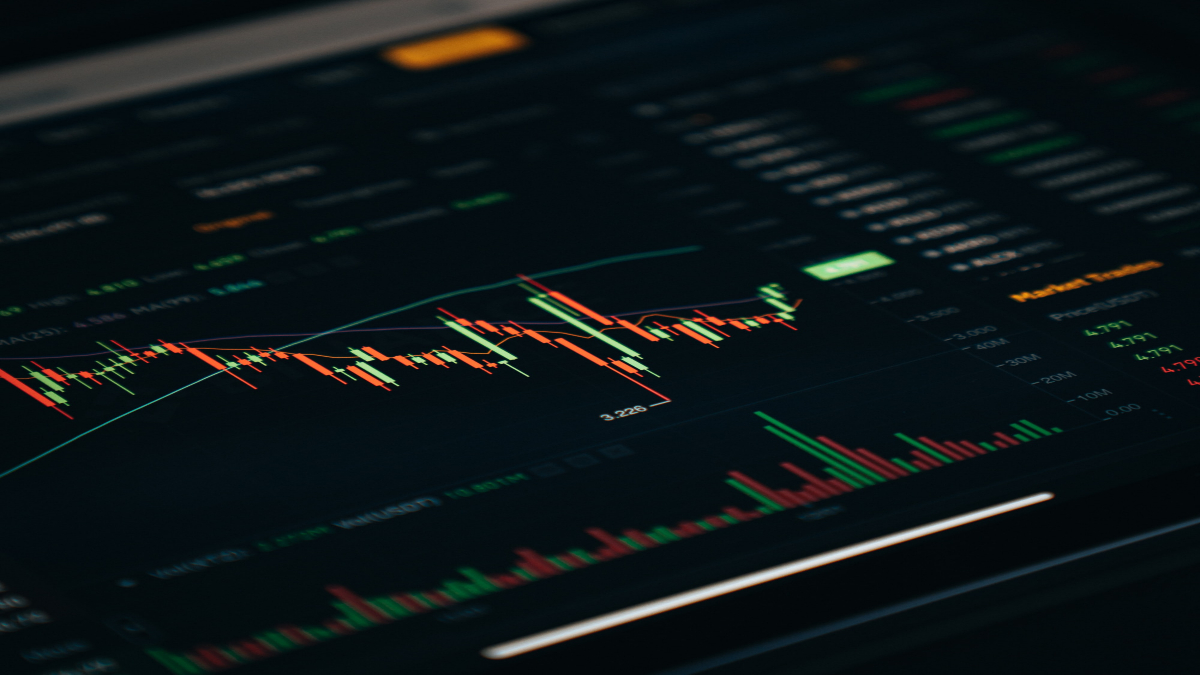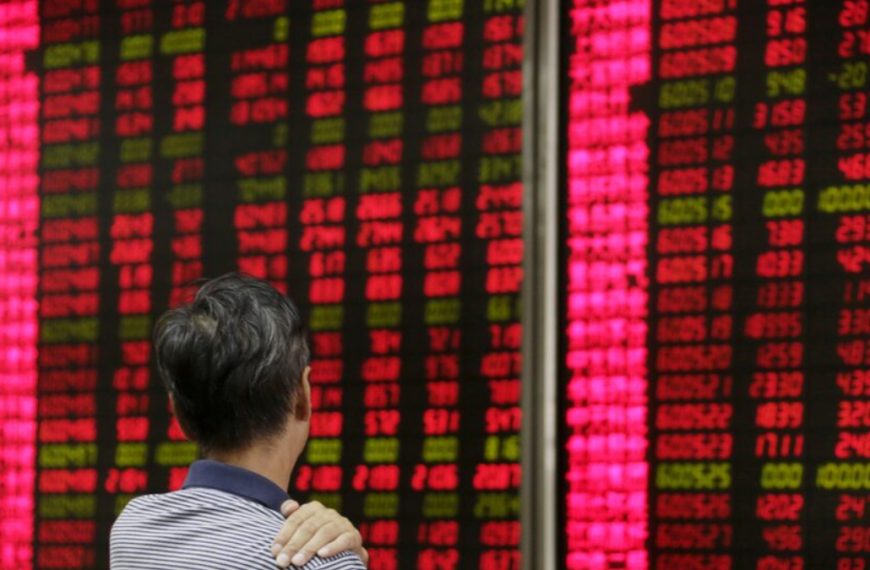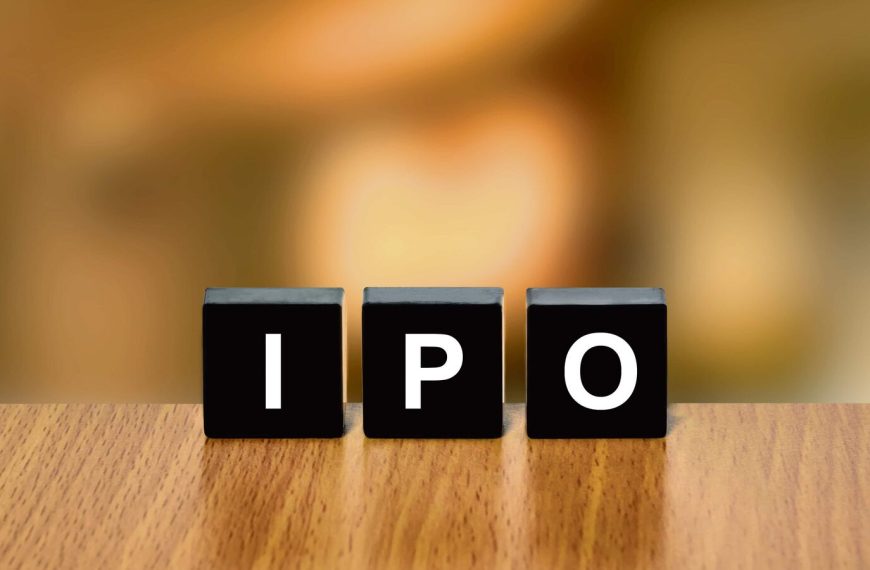The recent turbulence in the U.S. stock market has sent shockwaves through the small-cap sector in India, resulting in significant declines. The BSE Smallcap index plummeted by 1,578 points—a staggering 3.3% drop—bringing it down to 45,916.24. This decline places the index 20.5% below its peak of 57,827.69 and just 10% shy of its 52-week low of 41,709.23, a level previously reached in March 2025. Out of 980 traded stocks, a whopping 903 saw losses, while only 73 managed to advance.
Impact of U.S. Market Declines
The bearish sentiment in broader markets can be traced back to recent downturns in U.S. indices, which raised alarm bells about a potential recession. The Dow and S&P 500 each fell more than 4%, while the Nasdaq Composite, heavily weighted in tech, plunged nearly 6%. In one session alone, the Dow dropped over 1,600 points, creating a ripple effect that adversely affected Indian markets. Consequently, the Nifty slipped below the critical support level of 23,000, and the Sensex fell by 1.1%, equating to a decline of 860 points.
Notable Declines Among Small-Cap Stocks
In the wake of this market turmoil, several small-cap stocks took a significant hit:
- Pearl Global Industries: Down 20% in early trading
- Garware Hi-Tech Films: Fell by 14%
- Star: Dropped 10%
Other notable decliners included National Aluminium Company, Multi Commodity Exchange, KEI Industries, Angel One, and Lloyds Metal and Energy, which contributed heavily to the index’s downturn.
Silver Linings in a Weak Market
Despite the overall negative trend, a few stocks managed to buck the trend and post gains. Among the top performers were:
- Kaveri Seed Company
- NIBE
- Gensol Engineering
- Suyog Telematics
These stocks demonstrated resilience amid market uncertainty, providing some hope for investors.
Understanding the BSE Small Cap Index
The BSE SmallCap index was established to represent the smallest 15% of companies by market capitalization on the Bombay Stock Exchange (BSE). Launched on April 11, 2005, it serves as a gauge for the small-cap segment of India’s stock market. Currently, the index boasts a price-to-earnings ratio of 29.38, indicating that investors are willing to pay Rs 29.38 for every Rs 1 earned. Additionally, its price-to-book value stands at 3.36, with a dividend yield of 0.67%.
As investors navigate these choppy waters, the key question remains: Can the Nifty hold its ground above 23,000 despite the global market turmoil? Keeping an eye on critical support levels will be essential in the coming days.











